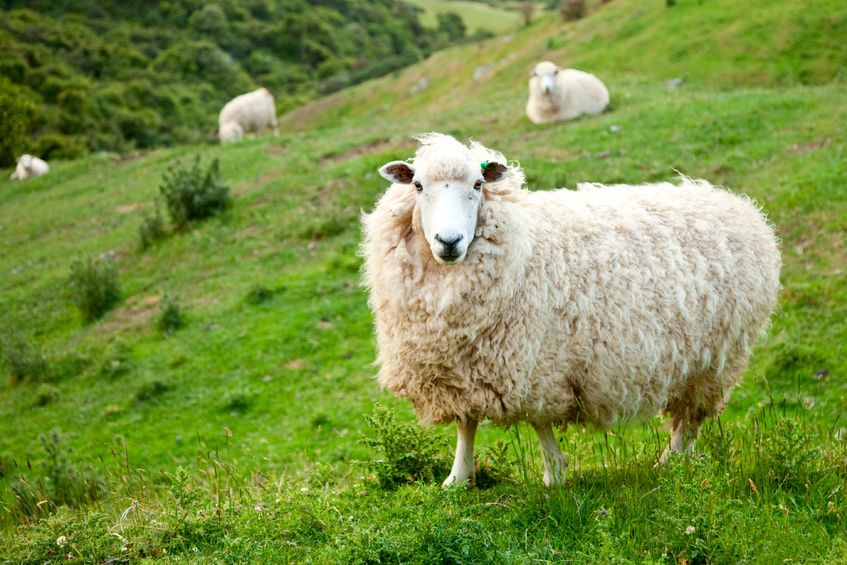
A Welsh police force has used DNA evidence to secure a conviction against a man charged with handling stolen sheep.
It is the first time evidence of its kind has been used in a conviction in Wales.
Dyfed-Powys Police acquired the crucial evidence thanks to the Animal Plant Health Agency (APHA), which used forensic techniques to take the DNA from the sheep, a process usually reserved for humans.
Andrew Paul Thomas, aged 39, of Bryncethin Road, in Garnant, admitted the charge of handling stolen property, having previously pleaded not guilty on the first day of a trial at Swansea Crown Court. He is due to be sentenced on April 11.
The theft of 50 sheep from the Derwydd area of Ammanford was reported in January 2015, and the victim started his own enquiries to trace them in the farming community.
He discovered 21 sheep suspected of being his, which had been sold at Llanybydder Livestock Market less than two weeks after being reported stolen.

A Welsh first
Ammanford officer PC Meirion Jenkins wanted to prove beyond reasonable doubt that the animals belonged to the victim.
He sought advice from the force’s rural crime specialist Acting Inspector Matthew Howells, who assisted with the coordination of the use of DNA evidence by the Animal and Plant Health Agency (APHA).
Police officers investigating the case waited two months for the pregnant ewes to give birth, and were then able to take blood samples from the lambs. Samples were also taken from rams owned by the victim.
Scientists at APHA were able to prove that the majority of the newborn lambs were related to the victim’s rams by examining DNA from all the blood samples.
This is the first time such evidence has been used to prosecute a case of this type in Wales, and only the third time across England and Wales.
'Very difficult to prosecute'
Temporary Inspector Matthew Howells said: “Traditionally, sheep rustling cases are very difficult to detect and prosecute, with this case being no exception.
“Although we were unable to prove who stole the sheep, we were able to use forensic techniques usually reserved for humans to help prove that the sheep were in fact the stolen ones.
“I must thank the farming community in Carmarthenshire for their patience in the time it has taken to get this case to a successful conclusion. In particular, I must applaud the victim in this case for the determination shown in wanting to see justice being done.
“The farmers who unsuspectingly bought the sheep at market also deserve my thanks and appreciation for their assistance in this investigation along with colleagues from APHA for providing the forensic opportunities.
“What this case shows us is that where the farming community works with the police, reporting crimes and providing us with vital information, we can be successful in taking out prosecutions.”
Professor Christianne Glossop, Chief Veterinary Officer for Wales, added: “Theft of stock can have a serious financial impact on farmers and I am pleased that DNA evidence was able to play such a key part.”
